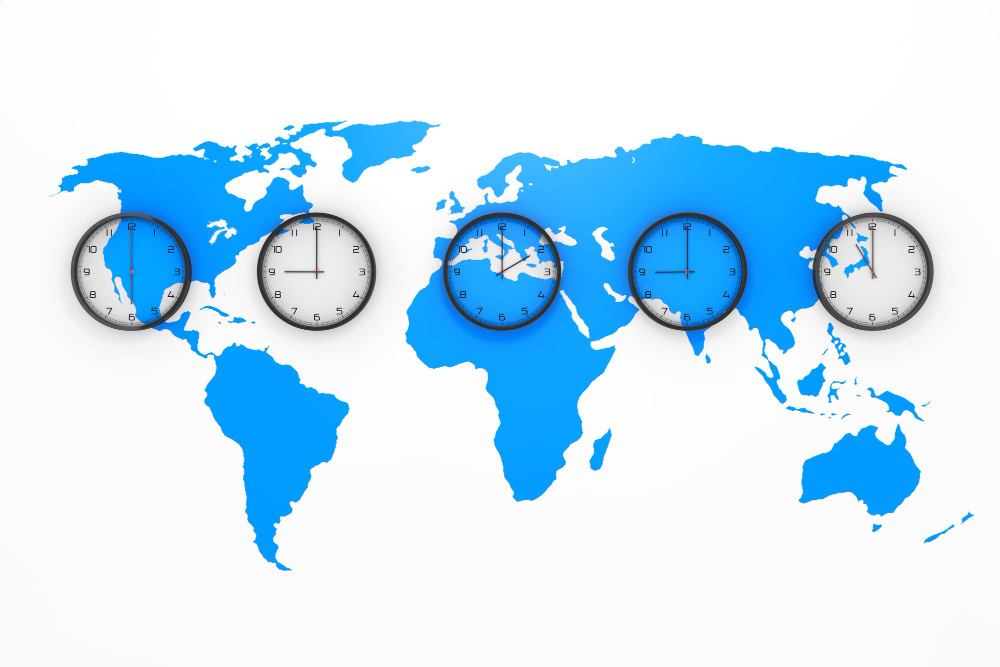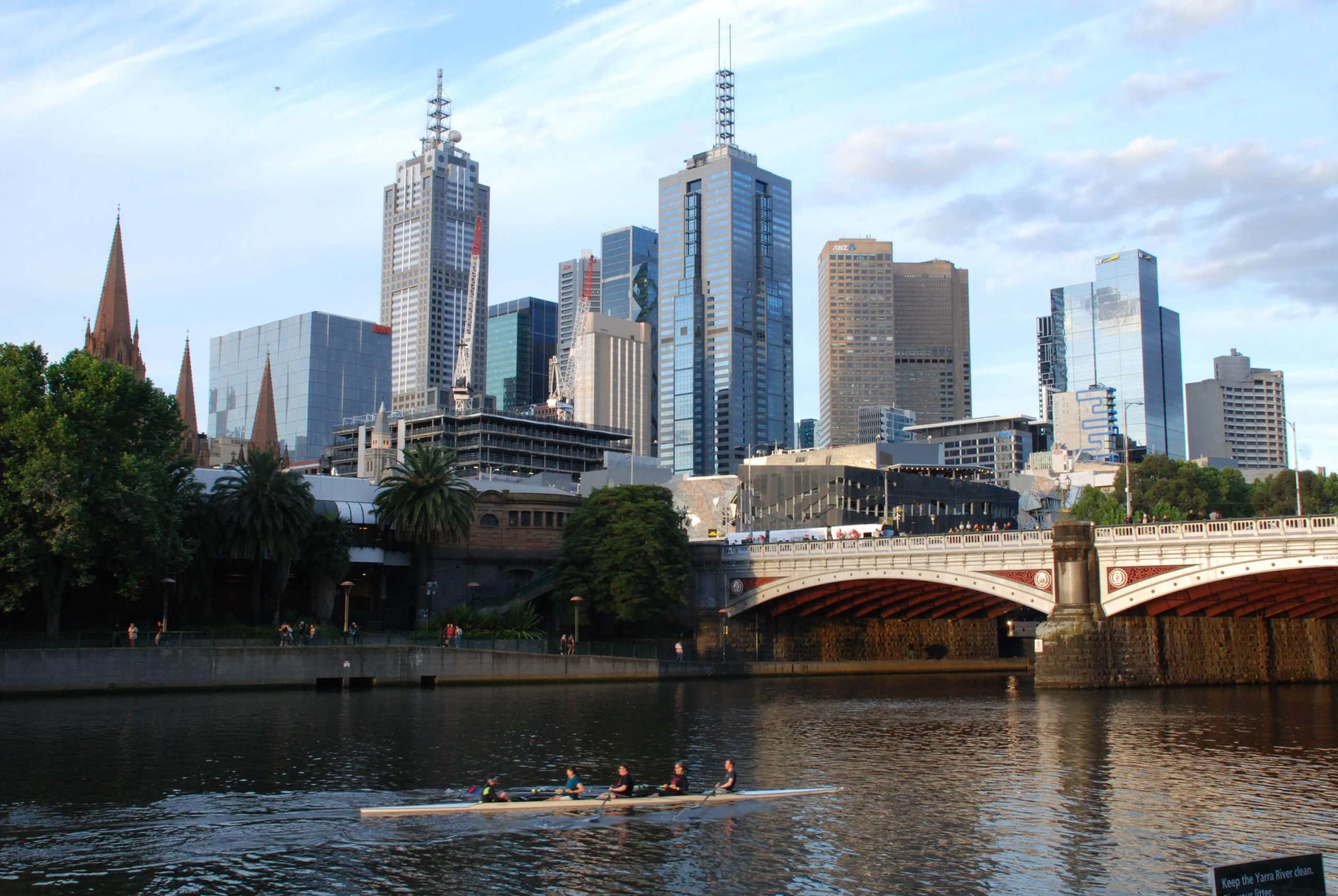It’s that time of the year again! Get ready to adjust your clocks, because daylight saving time (DST) is about to end.
In Australia, DST is observed in some states and territories, starting on the first Sunday of October and ending on the first Sunday of April the following year, as it was last year and the year before.
In this article, we’ll go over the main dates and details of DST in Australia, time zone differences, how to adjust your clocks, and what to expect in different states and territories.
Connect all your utilities in just 8 minutes!
Get connectedDates and Details of Daylight Saving Time in Australia
DST is observed in some states and territories in Australia, including New South Wales, Victoria, South Australia, Tasmania, and the Australian Capital Territory.
The dates of DST in Australia vary depending on the state or territory, but it usually starts on the first Sunday of October and ends on the first Sunday of April the following year. During this time, clocks are moved forward by one hour.
In Western Australia, Queensland, and the Northern Territory, DST is not observed. These areas follow standard times throughout the year. However, some parts of Western Australia, including Eucla, observe a different time zone during DST to align with the rest of the country.

Time Zone Differences
Australia has three time zones during DST: Australian Eastern Standard Time (AEST), Australian Central Standard Time (ACST), and Australian Western Standard Time (AWST). During DST, AEST and ACST are moved forward by one hour, while AWST remains the same.
It’s important to note that not all states and territories observe DST, so there may be some time zone differences depending on where you are in the country (even though daylight time may still vary due to the earth’s rotation).
For example, if you’re in New South Wales during DST, you’ll be one hour ahead of Queensland, which does not observe DST. Similarly, if you’re in South Australia during DST, you’ll be half an hour ahead of Western Australia, which does not observe DST.

How to Adjust Your Clocks for Daylight Saving Time
Adjusting your clocks for DST is relatively straightforward. Most modern devices, such as smartphones and computers, will automatically adjust the time for you. However, some devices may not automatically update, such as older clocks and appliances.
To adjust your clocks for DST, simply move them forward by one hour at 2:00 a.m. on the first Sunday of October. When DST ends on the first Sunday of April the following year, you’ll need to move your clocks back by one hour at 3:00 a.m.
It’s a good idea to double-check that all your devices have updated correctly, especially if you have an important event or appointment on the day of the time change.

Daylight Saving Time in Different States and Territories
Each state and territory in Australia has its own rules and regulations regarding DST. Here’s what to expect in each area:
New South Wales
DST is observed in New South Wales from the first Sunday of October to the first Sunday of April the following year. During this time, clocks are moved forward by one hour. New South Wales is in the Australian Eastern Standard Time (AEST) time zone. On October 5th, 2025, clocks will need to move forward an hour from 2am onwards (2am becomes 3am).
Victoria
DST is observed in Victoria from the first Sunday of October to the first Sunday of April the following year. During this time, clocks are moved forward by one hour. Victoria is in the Australian Eastern Standard Time (AEST) time zone. On October 5th, 2025, clocks will need to move forward an hour from 2am onwards (2am becomes 3am).
Queensland
Queensland does not observe DST. The state follows standard times throughout the year. Queensland is in the Australian Eastern Standard Time (AEST) time zone, but during DST, it is one hour behind New South Wales and Victoria.
South Australia
DST is observed in South Australia from the first Sunday of October to the first Sunday of April the following year. During this time, clocks are moved forward by one hour. South Australia is in the Australian Central Standard Time (ACST) time zone. On October 5th, 2025, clocks will need to move forward an hour from 2am onwards (2am becomes 3am).
Western Australia
Western Australia does not observe DST. The state follows standard times throughout the year. Western Australia is in the Australian Western Standard Time (AWST) time zone.
Tasmania
DST is observed in Tasmania from the first Sunday of October to the first Sunday of April the following year. During this time, clocks are moved forward by one hour. Tasmania is in the Australian Eastern Standard Time (AEST) time zone. On October 5th, 2025, clocks will need to move forward an hour from 2am onwards (2am becomes 3am).
Northern Territory
The Northern Territory does not observe DST. The territory follows standard times throughout the year. The Northern Territory is in the Australian Central Standard Time (ACST) time zone.
Australian Capital Territory
DST is observed in the Australian Capital Territory (ACT) from the first Sunday of October to the first Sunday of April the following year. During this time, clocks are moved forward by one hour. The ACT is in the Australian Eastern Standard Time (AEST) time zone. On April 6th, 2025, clocks will need to move back an hour from 3am onwards (3am becomes 2am).
Daylight Saving Time is a great way to make the most of the longer daylight hours during the warmer months, as we move into the summertime soon after spring, with the wintertime a distant memory.
However, it’s important to be aware of the time zone differences and rules in your state or territory. Remember to adjust your clocks accordingly and double-check that all your devices have updated correctly. With these tips, you’ll be ready for the next clock change next year.



 Justyn Harrison
Justyn Harrison 






